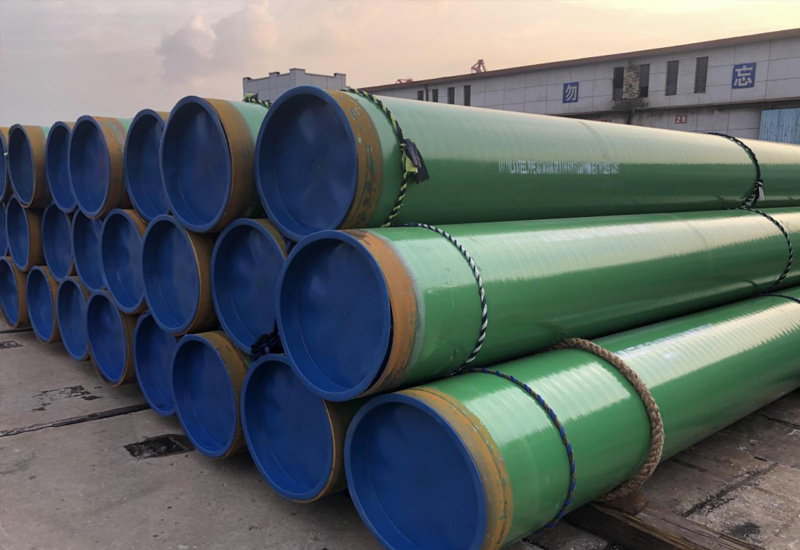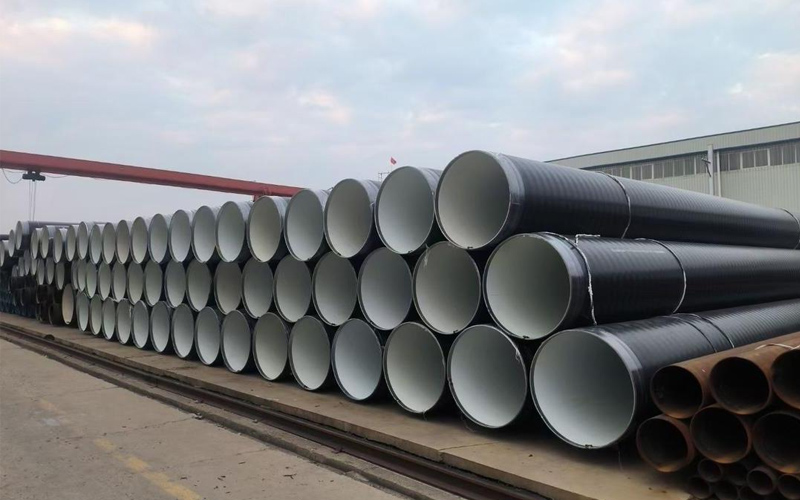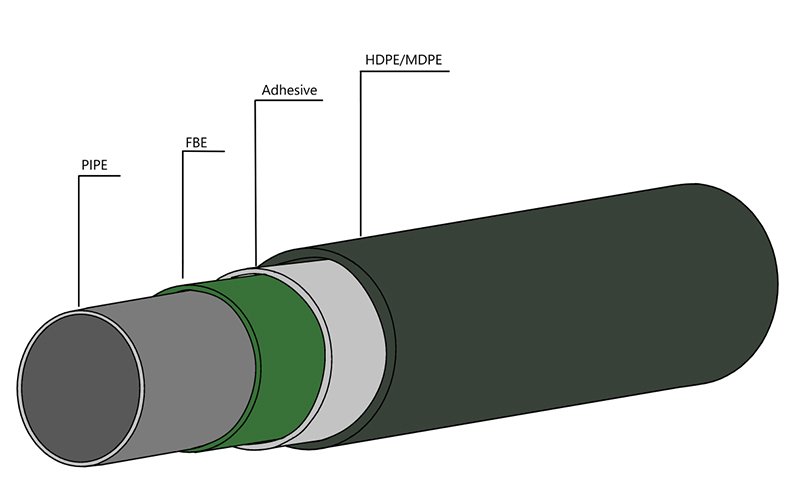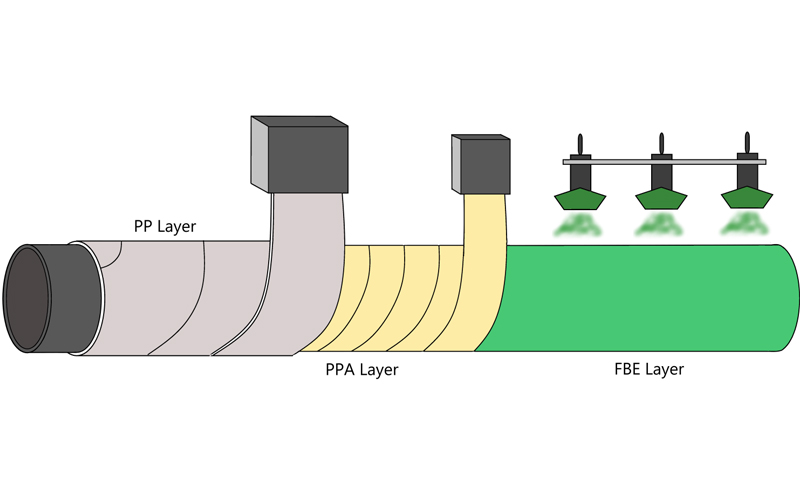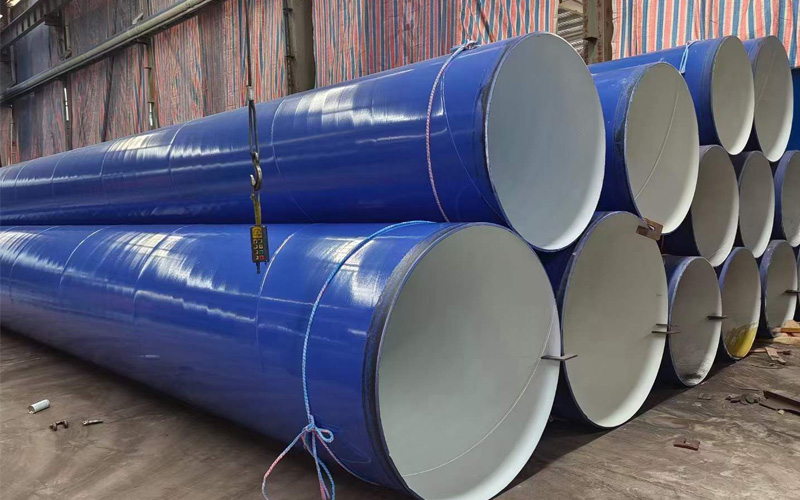API 5L Grade B Pipe Specification(PSL1,PSL2)
Introduction
In the global oil and gas business, API 5L is the most recognized standard for pipeline steel pipe. In this broad specification, API 5L Grade B (L245 also its ISO equivalent) has long been regarded as the “workhorse” of the industry- the most common baseline grade, owing to its good balance of performance and cost. Choosing the right pipe specification is not just a purchasing detail; it is an engineering decision that has substantial financial and public safety implications.
However, “Grade B” is not a homogeneous product. The complex specification system that is hinged on a crucial differentiation is known as Product Specification Level 1 (PSL1) and Product Specification Level 2 (PSL2). This is no small differentiation; it is what determines the chemical composition, mechanical properties, production process, required testing and final application of the pipe. Misunderstand here and you can end up with a financial black hole or, much worse, structural failures.
This white paper is intended to dive into the technical details of API 5L Grade B specification. We’ll do a deep dive behind the numbers, not just simple data tables.This guide will analyze all aspects, including chemical composition, mechanical properties, manufacturing processes, mandatory testing, and more, with the engineer, buyer, and quality professional in mind to help them differentiate between the critical, and in some cases costly, distinctions between PSL1 and PSL2.
.webp)
Defining the Role: Grade B vs. A106 B & A53 B
Prior to discussing the API 5L standard, we must begin by clarifying the most confusing part of this standard, how API 5L B relates to ASTM A106 B and ASTM A53 B. Although all three are regular carbon steel pipes with nearly the same minimum yield strength (35,000 psi / 245 Mpa), you can’t swap them out with each other.Their engineering objectives and applications are vastly different.
· API 5L Grade B (L245): Designed specifically for transport in pipelines. The standard (published by the American Petroleum Institute) is concerned with efficiency, weldability and safe transportation of oil, gas and water in lines over distance.Its primary concerns are flow efficiency, field weldability for girth welds, and (in PSL2) toughness to resist long-running brittle fractures.
· ASTM A106 Grade B: Designed exclusively for service at high temperatures. This standard (by ASTM International) isRead More for high temperature and shall be seamless. Lack of a weld seam removes a potential point of failure under thermal stress and creep and is the reason why it is the preferred option for steam, boiler, and process piping in refineries and power plants.
· ASTM A53 Grade B: Designed for low pressure and mechanical applications in general. This is a more generic “commodity pipe” commodity for the air, water, and low pressure fluid service and also for structural uses such as handrails and fences. Its test requirements are much less rigorous and therefore it is not suitable for critical use.
Engineering Design Intent Comparison
| Standard | Primary Application | Allowed Manufacturing | Key Focus |
| API 5L Grade B | Oil, Gas, Water Pipelines | Seamless, ERW, LSAW, SSAW | Throughput, Toughness, Weldability |
| ASTM A106 Grade B | High-Temperature Service (e.g., Steam) | Seamless Only | Strength & Performance at High Temp. |
| ASTM A53 Grade B | Low-Pressure Fluids & Structural | Seamless or ERW | General-Purpose, Economy |
The Critical Divide: PSL1 vs. PSL2 Explained
This is the most important section in API 5L Grade B specification. Selecting between PSL1 and PSL2 affects the product quality, reliability and price of the pipe.PSL2 is tighter than PSL1 in all relevant aspects.
PSL1 :This is the typical standard quality for the line pipe.It is a basic performance warranty and is applicable to the majority of general, low-risk pipeline jobs.
PSL2 :This is an upgraded from spec level and designed to meet more severe service conditions (such as cold climate, higher pressures, sour service or high hazard location).PSL2 is more stringent and more expensive as it imposes a number of non-negotiable, obligatory conditions.
1. Stricter Chemical Composition
PSL2 places tighter maximum limits on Carbon (C), Phosphorus (P), and Sulfur (S).
· Carbon (C) & Carbon Equivalent (CEq): PSL2 mandates a lower maximum carbon content and, crucially, a maximum Carbon Equivalent (CEq). A lower CEq is the single most important factor for good field weldability. It reduces the steel’s hardness, minimizing the risk of hydrogen-induced cracking and often reducing or eliminating the need for costly pre-heating procedures during welding.
· Sulfur (S) & Phosphorus (P): These elements are impurities that weaken the steel’s grain structure. By enforcing ultra-low S and P levels, PSL2 guarantees a “cleaner” steel. This cleanliness is directly responsible for its superior toughness, as it prevents impurities from becoming crack initiation sites.
2. Mandatory Charpy V-Notch (CVN) Impact Test
This is the most fundamental difference. PSL1 does not require impact testing. PSL2 mandates the Charpy V-Notch impact test for all pipes.
· Why this matters: This test measures how much energy a pipe can absorb at a single low temperature (for example, 0°C / 32°F) before breaking. This ability, called toughness, is the first line of defense against brittle fracture. A low-toughness, high-pressure gas pipeline can catastrophically brittle fracture and “unzip” for miles. The CVN test also ensures the pipe will fail in a “ductile” (tearing) manner which confines the damage. This is the primary reason why PSL2 is caIled out for essential gas or cold weather pipelines.
3. Mandatory Non-Destructive Testing (NDT)
PSL1 encompass certain repairs without NDT. PSL2 NDT (Ultrasonic or X-Ray) is required for all pipe to verify there are no latent defects in the material from the manufacturing. This gives us a baseline assurance that the pipe body and weld seam (if applicable) is solid prior to being sent to the field.
4. Stricter Property Ranges
PSL2 prescribes a minimum as well as a maximum yield strength. This information is vital for today’s engineers who are conducting strain-based design of pipelines in seismic and subsidence regions, because it provides assurance that the pipe’s response can be anticipated.
Manufacturing & Delivery Condition (Suffix Letters)
The API 5L Grade B standard is applicable to all the processes involved in the production of the steel pipe. In addition, it employs suffix letters to indicate the delivery condition (heat treatment) of the pipe which is significant to its end properties:
· R: As-rolled. The least-controlled condition, where properties depend on the finishing temperature at the mill.
· N: Normalizing (Normalizing or Normalized Formed). It is a heat treatment method in which the material is heated above critical temperature and aircooled.This breaks down the grain structure to produce a much more consistent, fine grained pipe with much greater strength and toughness than the “As-rolled” state of the art.
· Q: Quenched and Tempered. This is a two-step heat treatment. The pipe is heated and then cooled rapidly (Quenched) to form a very hard, strong, but brittle structure (martensite). It is then heated again to a lower temperature (Tempered) to relieve the stresses and “soften” it enoughThis results in the optimum, fine-grained microstructure that yields the highest strengths in combination with good toughness and is often a must for high-grade or sour service pipes.
Special Requirement: Sour Service (H2S)
In aqueous solutions containing hydrogen sulfide (H2S), referred to as “Sour Service”, mild carbon steel is vulnerable to “Sulfide Stress Cracking (SSC)”, a catastrophic failure mode.
H2S is a weak acid when dissociated in water and releases atomic hydrogen (H). These minute hydrogen atoms penetrate the grain of the steel. In “hard” or high-stress locations (such as welds or hard spots in the steel), the hydrogen atoms collect and cause embrittlement, resulting in a spontaneous crack with no outside force.
For these applications, API 5L (often used with NACE MR0175) specifies special pipe. For Grade B, the designation becomes BNS, BQS, or BMS (e.g., API 5L BNS). These pipes achieve their resistance to SSC through:
1. Strict Chemical Control: Ultra-low S and P, and other controlled elements.
2. Specialized Heat Treatment: Often Quenched & Tempered (Q) to create a “softer,” more homogenous microstructure that is resistant to hydrogen embrittlement.
The Specification Data Sheets
To understand the differences practically, the data tables are essential. (All data is based on API 5L 46th Edition)
Table 1: API 5L Grade B Chemical Composition (PSL1 vs. PSL2) This table indicates the more stringent chemical requirements for PSL2 which are in bold. These are non-negotiable bounds, and these are what makes PSL2 have such great weldability and toughness.
| Element | PSL1 (Max %) | PSL2 (Max %) | Engineering Implication |
| C (Carbon) | 0.28% (Seamless) 0.26% (Welded) | 0.24% (Seamless) 0.22% (Welded) | PSL2 has better weldability. |
| Mn (Manganese) | 1.20% | 1.20% | – |
| P (Phosphorus) | 0.030% | 0.025% | PSL2 has better toughness. |
| S (Sulfur) | 0.030% | 0.015% | PSL2 has higher purity / toughness. |
| Ceq (Carbon Equiv.) | – (No Limit) | 0.43% | PSL2 mandates this to control weldability. |
Table 2: API 5L Grade B Mechanical Properties (PSL1 vs. PSL2) Mechanical property differences are given in this table.The addition of a maximum yield strength and a mandatory toughness test for PSL2 are the main points.
| Property | PSL1 | PSL2 | Engineering Implication |
| Yield Strength | 35,500 psi (245 Mpa) (Min) | 35,500 psi (Min) 65,300 psi (Max) | PSL2 controls the maximum strength, critical for strain-based design. |
| Tensile Strength | 60,200 psi (415 Mpa) (Min) | 60,200 psi (Min) 95,000 psi (Max) | PSL2 ensures a more predictable performance range. |
| Charpy (CVN) Test | Not Required | Mandatory | The key difference. Guarantees low-temperature toughness. |
| NDT | Not fully mandatory | Mandatory | Guarantees freedom from hidden defects. |
Conclusion
API 5L Grade B (L245) is not a simple commodity grade but a multi-faceted standard that contains the requirements for many service levels and types of manufacturing. It is its proven, “tried and true” combination of dependable performance and cost effectiveness.
For pipeline engineers and buyers, understanding what the basic differences are between PSL1 and PSL2 and what that means for their pipelines, beyond a list of numbers, is half the battle in pipeline safety, longevity, and compliance. PSL1 provides a consistent good quality for general purpose use. PSL2, on the other hand, is a better engineering solution that guarantees mandatory minimum levels of toughness, weldability and traceability. The incremental expense of PSL2 is a tangible contribution to reliability and safety of assets, especially so for critical service.
Get Your Custom Steel Pipe Quote Today!
Provide us with your project details (like application, specifications, quantity). Our experienced team will respond with a tailored solution and competitive quote within 24 business hours.
Related Articles
ASTM A53 vs. API 5L: A Guide to Selection and Application
Introduction:Technology differences determine success or failure, and selection needs to be “precise”
Steel Density Analysis: Core Differences between Mild and Medium Carbon Steels and Industrial Applications
3LPE coated steel pipe: a solid barrier in the field of industrial corrosion protection
3LPP coated pipe: anti-corrosion guard in high temperature and high pressure environment
FBE steel pipe: the technological armor of the steel defense line
HOT TAGS
近期文章
- FBE steel pipe: the technological armor of the steel defense line
- Precision Engineering Redefined Dubai’s Stadium Dome Construction
- An Engineer’s Guide: A Deep Dive into UOE vs. JCOE LSAW Steel Pipe Manufacturing
- Floating Pipelines: Key Views on Offshore Dynamic Risers & Marine Transportation Pipelines
- The Dance of Spiral Forming: How SSAW Steel Pipes Are Made




